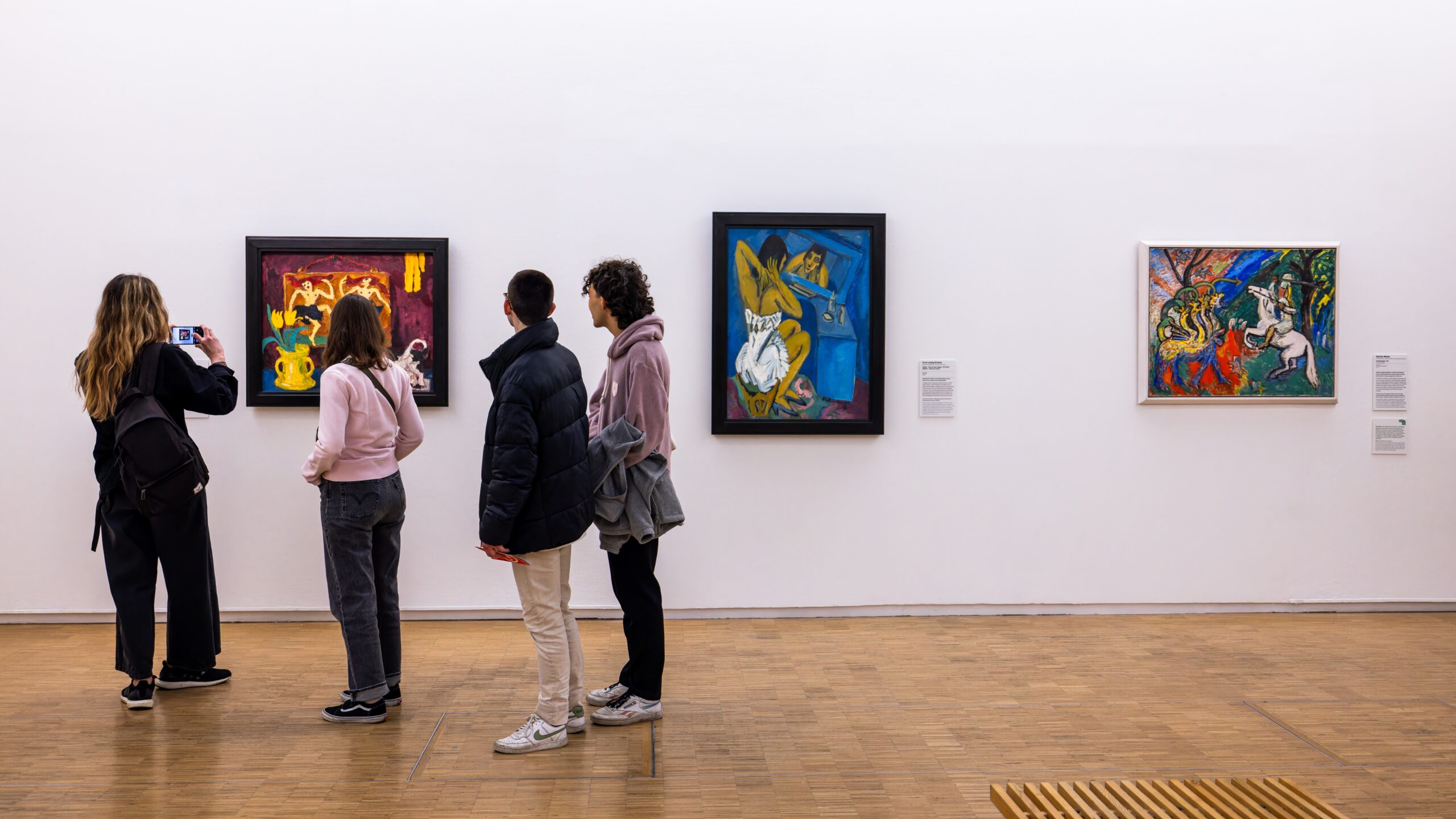The Knowledge Exchange Framework (KEF) is excellent in all kinds of ways.
It eschews the competitiveness of league tables. It provides a multi-faceted look at everything that is going on in the world of knowledge exchange. And it is nuanced in comparing similar kinds of institutions.
KEF is not overly bureaucratic and it is helpful for universities in understanding where they might improve their knowledge exchange work.
It is a shame then that the release of the KEF dashboard is not as big a day for the sector as something like REF or even TEF.
Keep on KEFing on
The KEF is the friend that would help you move house even if it isn’t the first one you would call for a gossip. It is nice, it is helpful, it is realistic on what is and isn’t working. In the very kindest way possible it is straightforward.
The problem is that the nuance of the KEF doesn’t make for sensational coverage. There isn’t an up and down narrative, there aren’t really winners and losers, and of course there is no funding attached. It is a mirror to the world of knowledge exchange that simply shows what is going on.
And if you dig deep enough the stories are good. Queen Mary University of London is doing a superb job at IP and commercialisation as well as public and community engagement all the while generating £760m of GVA. Birmingham Newman University is playing a significant role in local growth and regeneration through partnerships, placements, collaborations and consultancy. While the University of Plymouth has one of the most complete radar diagrams with a distinct focus on its maritime work.
Every single event about how the sector promotes its value discusses the need for universities to have a better story about their places, economic impact, and the tangible impact they make on people’s lives. The KEF is a single source of hundreds of such stories, but somehow it is not cutting through.
Perhaps, one of the reasons is because the consequences of doing badly (whatever badly means in the context of KEF) is very little. It is not the public shaming tool of the TEF, it is not the funding mechanism of REF, and it doesn’t attract very much media attention. It could have been so different. As Jo Johnson, then Science Minister, said at the launch of KEF
Our ambition is that the new KEF will become an important public indicator of how good a job universities are doing at discharging their third mission, just as the REF rewards excellence in research and the TEF rewards excellence in teaching and student outcomes.
The KEF does not reward anything, but it could (yes – its constituent parts are linked to HEIF but that isn’t quite the same thing.)
My favourite gains
Another model of funding distribution is possible. One of the major concerns about the REF is that it is becoming too complex. REF measures inputs and outputs, it looks at impact but not in the same way as KEF, and there is also the ongoing debate about People, Culture, and Environment, as a measure of research excellence.
To make the REF more manageable and make the KEF more meaningful perhaps it is time to add funding consequences to KEF and just shift the pressure a little bit. Previously, I have made the argument that one way of doing this would be to rationalise all of the funding mechanisms that bump into KEF:
As a starting point it would be sensible to rationalise HEIF allocations and KEF measurements. Without getting into the weeds at this stage a joint data set would likely draw from an enhanced HE-BCI survey, Innovate UK income, research income, journal data, and non-credit bearing course data from the Office for Students. The most straightforward way would be either to dispense with HEIF entirely and allocate the whole pot to KEF with a strengthened self-assessment element, like in REF, or use KEF as the sole basis for HEIF allocations. This would avoid both double counting funds and reduce administrative burden.
Given the government agenda around universities and economic contribution now might be the time to consider going further.
One measure could be to allocate a proper funding formula to KEF. In keeping with the spirit of KEF each university would still be organised into a cluster, ensuring like for like is being compared, and funding would be allocated on a formula basis depending on their contribution to each of the seven areas. Each area would not have to receive the same level of funding. Instead, the government could vary it from time to time depending on national priorities or alternatively universities could (in advance) make a pitch for their own growth priorities ensuring they devote energy to and are rewarded for where their strengths lie. This would also help with greater specialisation.
Simultaneously, the government could add in a more dynamic competition element that is tied to funding. For example, given the state of the economy it might make sense to provide greater reward for the institutions contributing to local growth and innovation. This then becomes a whole new kind of funding route with funding to support the things universities are good at and a gentle nudge toward the things government wish them to do.
Something changed
The trade-offs, and the arguments, would of course be significant. In a world of fiscal constraint one of the trade-offs would be reducing funding allocated through REF or through grants in order to fund KEF.
Reducing funding through REF may help to reduce some pressure on it but it isn’t clear that reducing the pot for exploratory research would be a net economic good in the long-term. Reducing grant funding would mean simply trading off one lever to direct research activity for another.
Simultaneously, adding in funding allocations to KEF would undoubtedly make it into a more high-pressure exercise which would then attract costs as universities looked to maximise their returns. The exercise would need to be carefully managed to, as far as possible, rely on public data and limited returns.
Nonetheless, it seems to be a wasted opportunity to have an exercise which is primed for measuring engagements between universities and wider society and economy, at precisely the time there seems to be a consensus this is a good idea, but with few levers to enhance this work. The benefit of looking at a funding allocation toward KEF could be a greater spread of providers rewarded for their work, greater focus on growth and social contribution, and greater attention on the work universities do alongside research and teaching.
The road to a new kind of KEF is long. However, if the debate about REF has taught us anything, it’s that trying to change a single exercise is exceptionally hard. If the current arrangements feel tired, and reform feels piecemeal, perhaps now is the time to look at the whole ecosystem and look at a system which prizes universities third mission as much as their other work.





